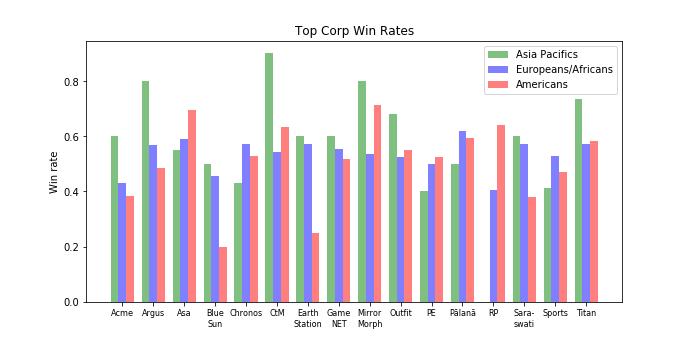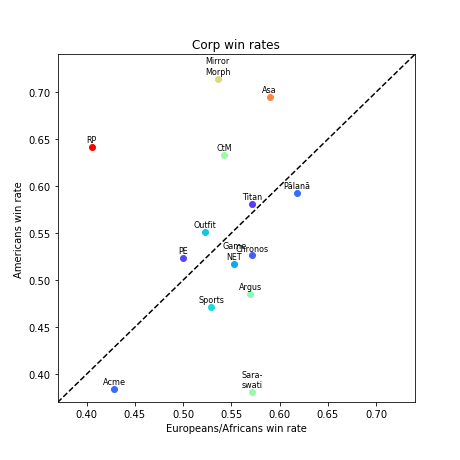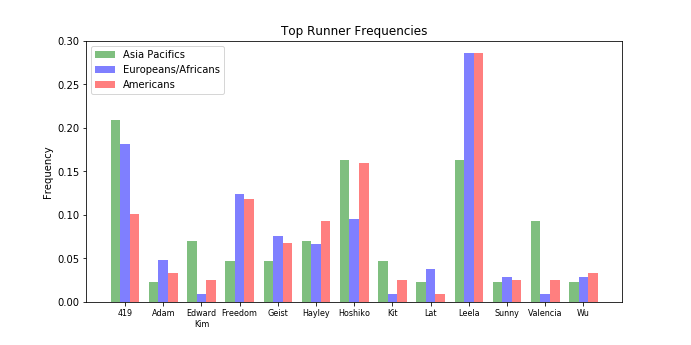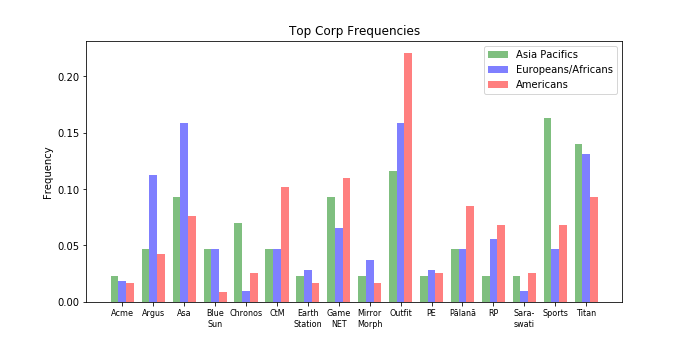After a whole month of spoilers, we finally know everything and, personally, I can actually start to work again in the afternoon, although I’m sure cricket, chess, cycling, puzzles, and erm, snooker will distract me again. NISEI and the community have done a great job of announcing the new cards along with pieces describing combos and synergies, even if they were only partially revealed at first. Therefore, in this article, I aim to take a step back and take in the bigger picture and I mean more than just matching up artwork. Get out your crystal balls, it’s time to see what the introduction of System Gateway and Update has done to the game of Netrunner.
Product quality
Firstly, the amount of hard-work and love that has gone into this starter set is amazing. It looks absolutely gorgeous and almost every card is trying to do something interesting. It doesn’t always do that in a strong way (I am writing this the day that Echelon was announced) but I think System Gateway does a lot of the right things to attract new players. Whether they stick with the game to transition on to Standard is another issue. Hopefully, the Startup format will make that move into the wider game more manageable. OK, I wanted to give NISEI the praise it deserved for this labour of love and, now that’s done, let’s get the meta wrong.
Spin Doctor
We may as well start with the card that is probably going to see the most play, Spin Doctor.

NISEI have not been scared this release to put their own spin on Netrunner classics. Even just in NBN, Funhouse and Public Trail are new versions of Data Raven and SEA Source respectively, and we now have power creep with Mutual Favour and Leech being strictly better versions of Special Order and Datasucker on the Runner side. While Spin Doctor may appear like Jackson Howard without the surrounding toys, it does enough different to feel new. Drawing two cards on rez, rather than having to click to use, allows for some neater tricks and cutting down the amount of recursion.
Despite the toning down, this is still the best recursion card in the game and at one influence this is going to be seen in a lot of Corp deck. Stocks in Preemptive Action has gone down but having had some time away from Jackson, it will be interesting to see just how many decks rush back to Spin Doctor or decide to save the influence for other cards.
Anoetic Void
While strong, Spin Doctor doesn’t make a win condition in itself, but it does support Anoetic Void, a new way for Corps to try score out of a remote. I expect to see a lot of decks from all factions trying to use this card as their main win condition. An easy slot in Jinteki glacier, replace La Costa Grid and Bio Vault in Palana or AgInfusion even frees up some other slots, probably best used on Spin Doctor to retrieve some of those tossed cards.

I’m particularly interested in how this gets used out of faction which, despite being 4 influence, I fully expect initially. Both Earth Station and GameNET have a lot to gain from this card and HB may be able to recreate a Footcoats-esque deck, with or without Jinja City Grid.
As a result, Criminals should probably include a Political Operative to offer another line of counterplay and this may extend into other factions too. I have already started to add one into my Adam list, which is always the first deck to get modified when new cards are released. That said, it is possible to play around Anoetic Void without any silver bullets. It is a surprisingly awkward card to defend when the remote is otherwise empty and a persistent Runner could force the Corp to lose a lot of valuable resources from HQ.
Interactions with ICE
The Runner side of System Gateway has not quite as bombastic as the Corp side. Tao has a new twist on Leela’s ability but wasn’t really expanded upon aside from his console Pantograph. Instead, Shaper got a whole bunch of economy and draw which offer a change from Aesop’s Pawnshop and Rezeki, but it is never going to be meta-changing. Criminal got some small improvements potentially in Mutual Favor and Pennyshaver, while Anarch will probably feel the most disappointed as Carnivore isn’t as meta-defining as promised. In a core set product, fundamentals are possibly slightly more important for the Runner who have to adapt to different Corp strategies.
The two most exciting Runner cards are viruses which allow new ways to interact with ICE, Botulus and Tranquilizer.


If you were expecting Parasite, then you were going to be disappointed in 75 different ways. Tranquilizer feels a very Criminal way to play viruses and can imagine this being incredibly annoying to play against. The correct way to counter this as Corp will probably just be to suck it up and leave the Tranquilizer on the derezzed ICE to fill up memory and force the Runner constantly factor into their calculations the fact it could still be rezzed in an emergency. Does it make the cut over old reliable Rezeki in Criminal? Probably not, as this isn’t going to be a huge tax against the very best deck.
On the other hand, Botulus is a Anarch attempt at Boomerang or perhaps a NISEI attempt at D4v1d. The very best ICE has high strength and a lot of subroutines, but this card at least counters one of those. The obvious targets are one subroutine pieces of ICE but even Slot Machine isn’t a terrible target. I’m less of a fan of using this on unrezzed ICE like an Anarch Boomerang as their events are less impactful. Again, I think it’s in the Corp’s best interest to keep the ICE to force the memory usage. Botulus only gains one counter a turn so if you can force the Runner through every turn then it is still a tax.
I’m also very exciting to try both these viruses, maybe together, in Shaper where Self-Modifying Code and Simulchip allow some neat tricks as a 1x.
Rush and 3/2s
The final topic relates to one of the very first things I mentioned in my System Gateway blog. With a more compact 40 card deck and a new limit one per deck 3/2 agenda, every Corp faction has a reasonable rush option available to them. Together with their “Project” agendas each faction has four 3/2s, add three Cyberdex Sandbox (or Offworld Office) and two Global Food Initiative is a perfectly solid suite, and there are other in-faction options instead of these neutral cards.


Good to see NISEI maintaining the Weyland “looking out of big windows” and NBN “looking at big screens” colour pie.
Above the Law and Tomorrow’s Headline are the most meaningful of the new 3/2 agendas, as they offer a serious threat to the Runner in factions that are likely to play Digital Rights Management to find them. Both offer ways to trash The Turning Wheel at the very least, often an important Runner tool that can swing rush pairings with a deep dig. There aren’t many other targets that can have such a big swing, although losing a full Daily Casts will be upsetting if the Corp can sneak these through without telegraphing the agenda, unlikely as a one-off agenda, but possible.
Without any fast advance options, a rush strategy will probably struggle to completely score out with Engolo and Boomerang, but Audacity, Ping and the ever-present Hard-Hitting News with kill options all fit nicely to punish a Runner forced to interact before they are ready. At least, it is encouraging very quick games rather than the six 5/3 agenda suites that are always a concern with 40 card Corp IDs.
That concludes my look at all things System Gateway and System Update. Sorry for the focus on the Corp side, but aside from Botulus and Tranquilizer, nothing on the Runner side excited me aside from the new IDs. That’s not to say that the Corp will be ahead in the new meta. Criminal were already very strong, and the new cards and rotation did little to change that. For the upcoming Store Championships, I expect Criminal to remain on top with a mix between Weyland rush and Palana with Anoetic Void doing well on the Corp side.


















